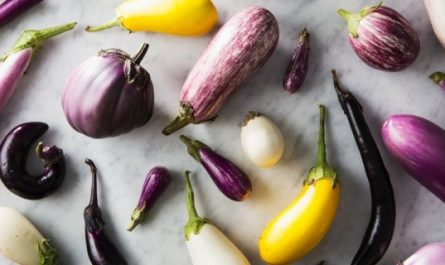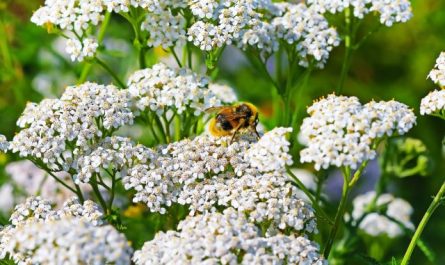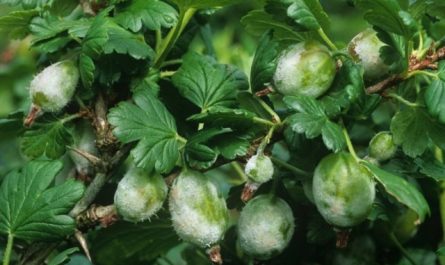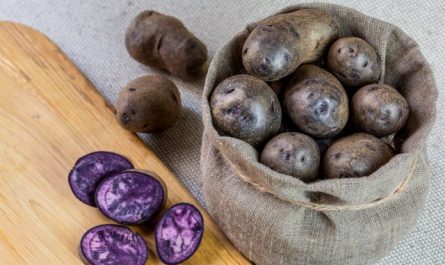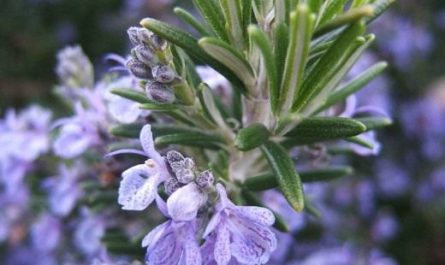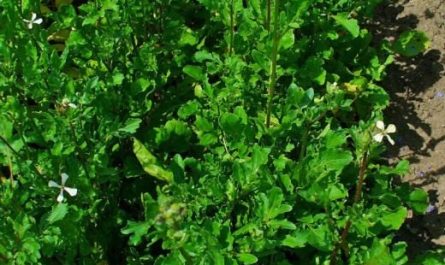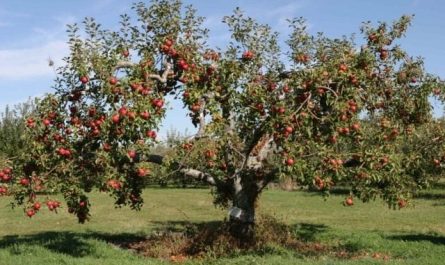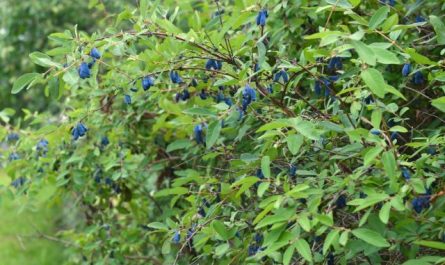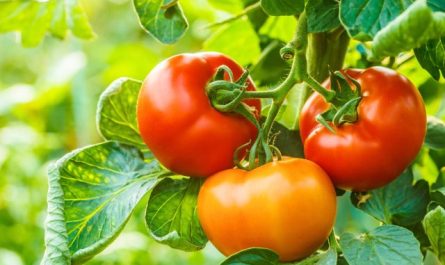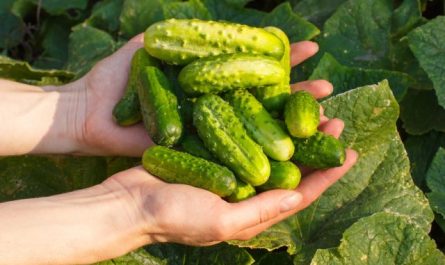Black knot, caused by a pathogenic fungus, is not the most common disease in the orchard, but it does occur periodically. It affects many types of fruit trees, but prefers wild and cultivated plums and cherries. You can recognize it by the knotty dark growths on the trunk and branches. Be vigilant, this disease can destroy the entire tree. We will talk about this unpleasant disease in the article.

What is black nodularity
The causative agent of knot disease in stone fruit crops is the fungus Apiosporina morbosa. It appears as black, knobby growths or galls on the branches and trunks of susceptible trees. Where wild plums are common, this fungus is usually more common, so consider the surroundings when choosing tree species for your orchard. If wild plums are abundant, it may be better to plant apples or pears.
Black knot is common among members of the Prunus subgenus of the Rosaceae family, including cultivated and wild plums, cherries, sweet cherries, apricots, peaches, and other stone fruits. In pome fruits, a similar disease is caused by a different fungus.
The disease spreads in spring during rain. The fungus releases spores that are carried to new trees by wind or splashing water. They are capable of infecting new tissues during periods of high humidity in as little as 6 hours. Outbreaks of the disease often occur on wild plums or in abandoned gardens, but can also attack well-tended plantings. Usually, large and healthy trees resist pathogens, but younger or weakened ones are vulnerable.
How to spot on a tree
Early symptoms of infection are difficult to detect. Visual signs in the first year of infection appear as small light brown or greenish swellings on branches. They are only 1,5 cm wide. By the following spring, the growths become dark green and velvety.
By the time you see olive-green nodules, the fungus will be actively releasing spores during the tree’s flowering period. After releasing the spores, the nodules darken. By the fall of the second year, they look like black swellings, often cracking and oozing sticky fluid.

Thus, hard black growths are the result of an infection that occurred 1-3 years ago. If the growth has girded the shoot so much that it has caused its death, the infection will stop. Otherwise, the gall will continue to grow and produce new spores in subsequent years.
As the fungus grows, it secretes substances that cause the tree to form additional cells. These become abnormally large and form nodes. In this respect, the disease is similar to cancer. The nodes will continue to grow, and if the disease spreads, it will eventually kill the entire tree.

Other symptoms of black nodule:
- Infected branches bend to the side.
- In some cases, the leaves begin to wilt, turn brown and fall off.
- In severe cases, the black knots spread to the central trunk, and wood rot may occur. At this stage, the vascular tissues in the trunk will be suppressed by the fungus, and the supply of water and nutrients to the leaves will be limited. Ultimately, this leads to the death of the tree.
- Sometimes wood-destroying insects penetrate old galls and another white or pink fungus begins to grow on them.
What trees are affected by black knot disease?
Wild plums, cherries, sloes and others can be hosts to the fungus Apiosporina morbosa, where it can safely survive the winter. Many trees of the subgenus Prunus are susceptible to black knot, including about 25 wild and cultivated species.
Among them:
- Amur cherry,
- Apricot,
- Merry,
- Duke,
- Almond,
- plum,
- Cherry,
- Sand cherry,
- Bird cherry.
Some species are less susceptible to the disease. As for cherries, sour cherry (P. cerasus) and felt cherry (P. tomentosa) are less affected. Louisiana (P. triloba) and apricot (P. armeniaca) are also rarely affected.
You can find plums and cherries that are resistant to black knot, such as the ‘President’ plum, on sale.
How to deal with black knots
First, inspect your trees regularly and watch leaf axils and branches for any signs of fungal diseases, including swelling, cracking, and discoloration. Black knots are most noticeable in the fall and winter after the leaves have fallen. Before the first spring buds open, give your trees a quick once-over. The sooner you prune out the knots, the less likely the fungus is to spread further up the branch.

Remove all shoots with swellings, cutting them 15 cm below the lesion. There is a risk that the fungus has grown inside. If the infection occurs on larger branches, cut the infected tissue down to healthy wood. Beforehand, place a cloth under the tree on which all the cuttings will fall. They must be removed from the site or burned, as they can still be a source of infection.
Pruning is carried out from late autumn to early winter or from late winter to early spring.
Spore growth slows in cold temperatures, making this the ideal time to remove any nodes that may have formed during warmer months. Disinfect tools with 70% alcohol to limit the spread of the disease. Severely affected trees should be removed entirely.
It is important to treat the wound after pruning, for this purpose:
- 3-5% aqueous solution of ferrous sulfate,
- 1% solution of copper sulfate,
- 1% copper oxychloride solution.
If the cut wood is not disposed of properly, the spores on it can easily infect other trees. Do not compost infected tree parts.
Methods of prevention
- Avoid mechanical damage to the trunk and branches.
- After the leaves fall in autumn, it is advisable to whitewash the trees.
- Trees may be weakened by other diseases or attacked by pests.
- Monitor their occurrence and take immediate action.
- Feed the trees with fertilizers containing sufficient phosphorus and potassium, and microelements: boron, magnesium, and others.
- In the case of black knot, fungicides are only effective when used in combination with removal of infected branches. They only prevent further infection.
- If possible, remove any wild hosts of the disease growing near the site.
- Preventive spraying is desirable, especially if it is not possible to eliminate nearby foci of the disease or when restoring the health of a heavily infected tree.
“Mancozeb” and “Ziram” (ziram) show high efficiency against the spread of the disease. They should be applied when the buds open and every week or two, especially before rain. Another effective fungicide “Topsin-M” is used at the beginning of flowering.


